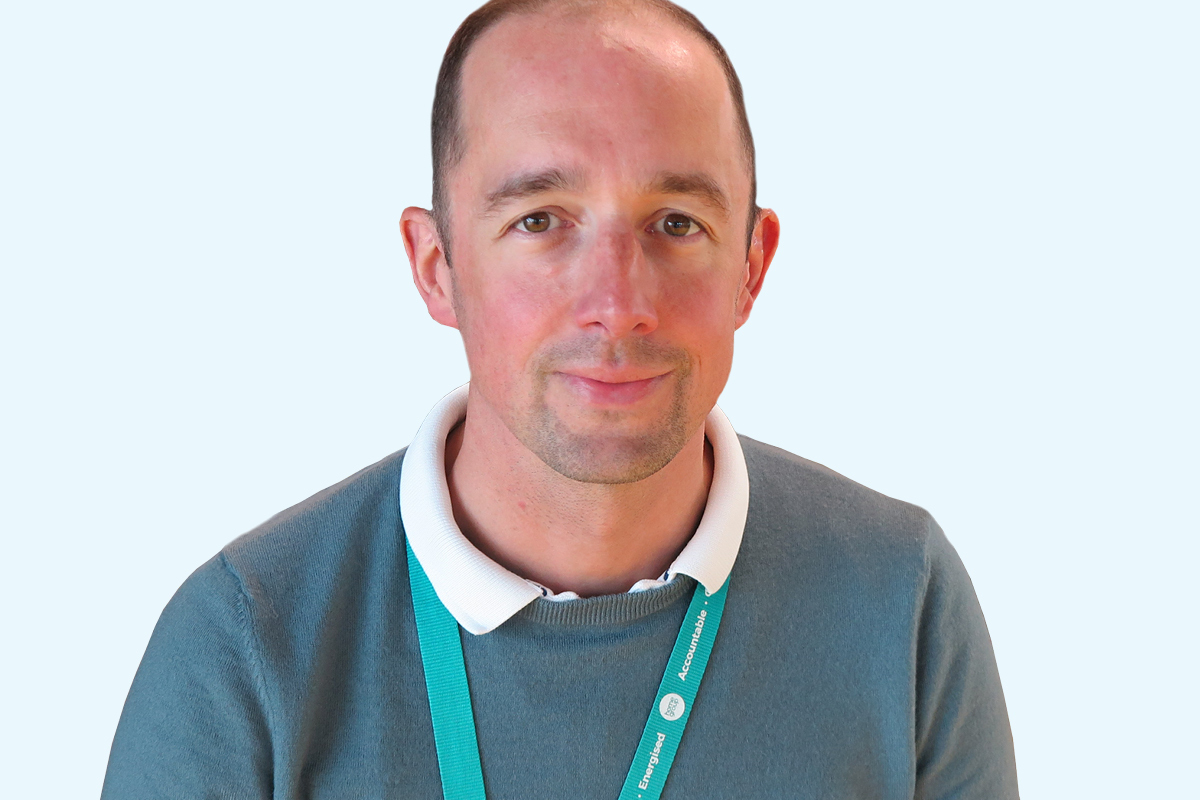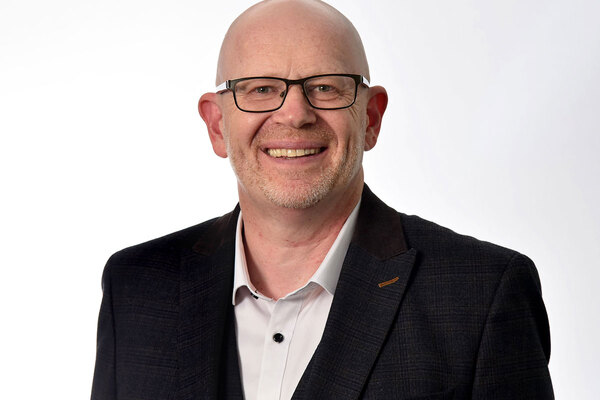Housing First: lessons from Finland
Learning from the best and tweaking their plans may be the answer to our homelessness dilemma, writes Andy Hayes, operations manager at Home Group
With the continued rise in homelessness across the UK, opinions on how we solve this issue have been dialled up, especially as we move closer to a general election.
Views abound about the best plan of action, with arguably none standing out. Yet, if we look beyond our shores, a solution may already exist.
Since launching its first concerted effort to tackle homelessness in 1987, Finland has experienced a monumental decline in this problem. At the time, 18,000 people out of a population of 5.5 million were experiencing homelessness. At the end of 2022, around 3,500 people were classed as homeless. Of those, only 492 had spent the night outside.
This outstanding effort boils down to a single change in approach.
Until the 1990s, Finland had relied on a traditional treatment-first approach, making people address any issues they might be facing, such as poor mental health or addiction, before being eligible for a home.
But leaders felt a lot could be gained by flipping this, and in 2008 set up their Housing First principle. The idea was that a person did not have to turn their life around to earn the basic right to a home. Instead, housing would be provided immediately and serve as the foundation from which they could safely and effectively tackle their other issues.
Variations of this model have been adopted in parts of the UK, but without, I feel, a key ingredient. At Home Group, we took a similar approach to the Finnish model, but we adapted it to match the experience we picked up along the way. Put simply, it introduces a person-centred approach.
We found you still need a range of housing options, including single units and elements of shared living that can help with isolation, loneliness and skills development.
“Much like the Finnish experience, we found that providing a customer with housing helps to stabilise them. It provides structure and safety. From here they can begin to address the challenges they face and which may have fed into their homelessness initially”
And without a doubt, building strong relationships with commissioners and local authorities are key. Both have been impactful in our success to date.
Last year, we were commissioned to deliver just under 400 bed spaces for the homeless. We directly delivered 174 of those, working closely with trusted partners to provide the remainder.
We supported around 250 customers with all types of needs and backgrounds into our Home Group services. We also supported 228 customers into a positive outcome. These were customers who presented as homeless who were successfully helped into a general-needs property, private rented or local authority accommodation, or into another supported-accommodation service which better delivered the support they needed.
Much like the Finnish experience, we found that providing a customer with housing helps to stabilise them. It provides structure and safety. From here they can begin to address the challenges they face and which may have fed into their homelessness initially.
But at Home Group we differ from this model in that we aren’t just working from a general template where we provide a bed or a set of keys to a customer and say, “Job done”.
We recognise that every customer we see is first and foremost an individual. They have specific needs, challenges and aspirations – and that means they need tailored support to get them settled in a home with a brighter future ahead of them.
Our extended role is to provide practical and emotional support which will enable our customers to take positive steps. We will work with customers to learn and develop key life skills, things as simple as how to pay a bill, cooking skills and money management. These vital life lessons will help them sustain their new tenancy.
But people dealing with complex issues understandably relapse, and we are there to support our customers if, or when, they do.
If stabilising a customer’s life is the aim of the game in our homelessness services, then knowing that we are ready with a safety net to catch them, even in good times, can lift a huge burden from their shoulders.
“If stabilising a customer’s life is the aim of the game in our homelessness services, then knowing that we are ready with a safety net to catch them, even in good times, can lift a huge burden from their shoulders”
There are numerous examples where we have helped sustain a customer’s tenancy and kept it open for them as they got the necessary support they needed.
And from that we have seen many positive outcomes. Among them are people who I now proudly get to call my colleagues. One now helps lead the delivery of the very service they entered as a street homeless person as a young adult. Like many, they suffered relapses and challenges during their time with us as a customer. But, with the right support, they came through the other end and is now thriving and helping others on their own journeys.
Their ability to use that first-hand lived experience is very valuable in connecting with the customers we support.
Just as Finland found, many of our customers would have been unable to make those journeys had they been required to address their issues before being given a home. It was having the stability of a place to live that provided the springboard.
But unlike Finland, which has an abundance of local municipal homes, the UK is in the midst of a housing shortage. That’s why it’s even more important that we are there to support our customers out of homelessness. Losing a tenancy can be even more impactful these days, as homes aren’t available to move back into once a customer has addressed their difficulties.
That’s why we need to retain our mixed-tenure properties, to ensure that those already-vulnerable customers remain safe and stable while we work to find them a suitable forever home.
Without our strong relationships with commissioners, the local authority and partners, I’m not sure we would be where we are today. However, adopting this person-centred approach, as simple and obvious as it sounds, is one of the key reasons we have enjoyed so much success.
It might not be success on as grand a scale as Finland’s, but it is making a genuine difference in the lives of our customers, and it is a direction we’d like to see adopted by others across the country.
Andy Hayes, operations manager for homelessness, Home Group
Sign up for our homelessness bulletin
Already have an account? Click here to manage your newsletters













